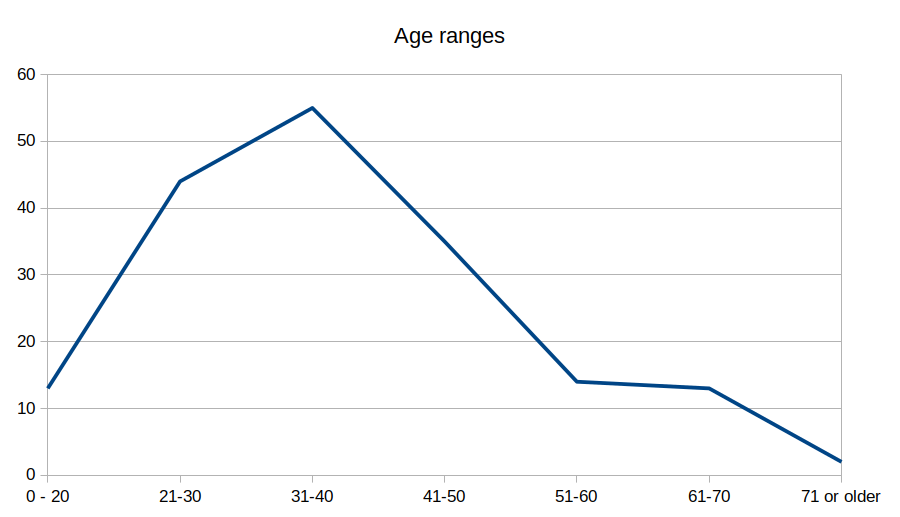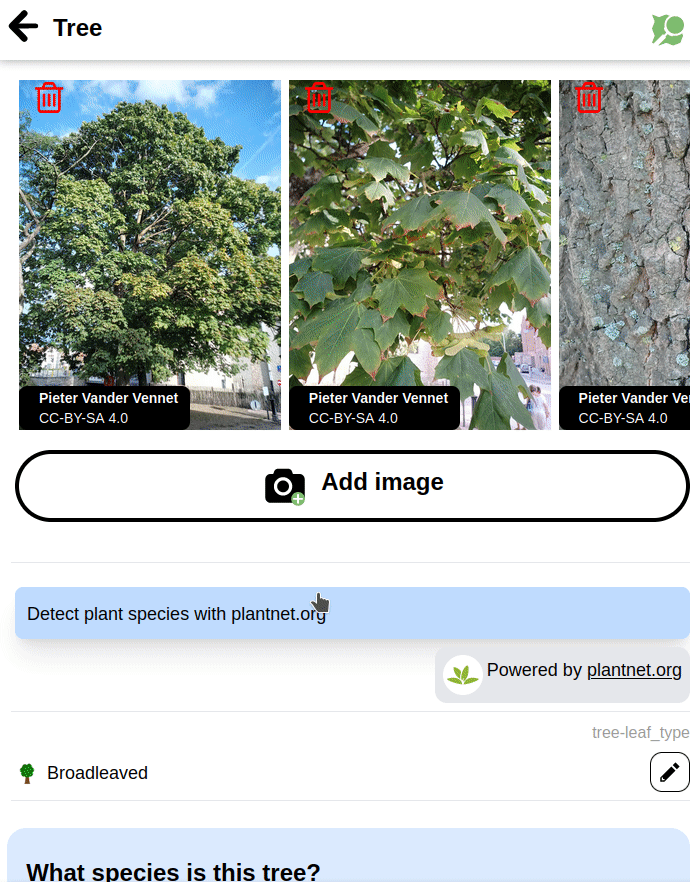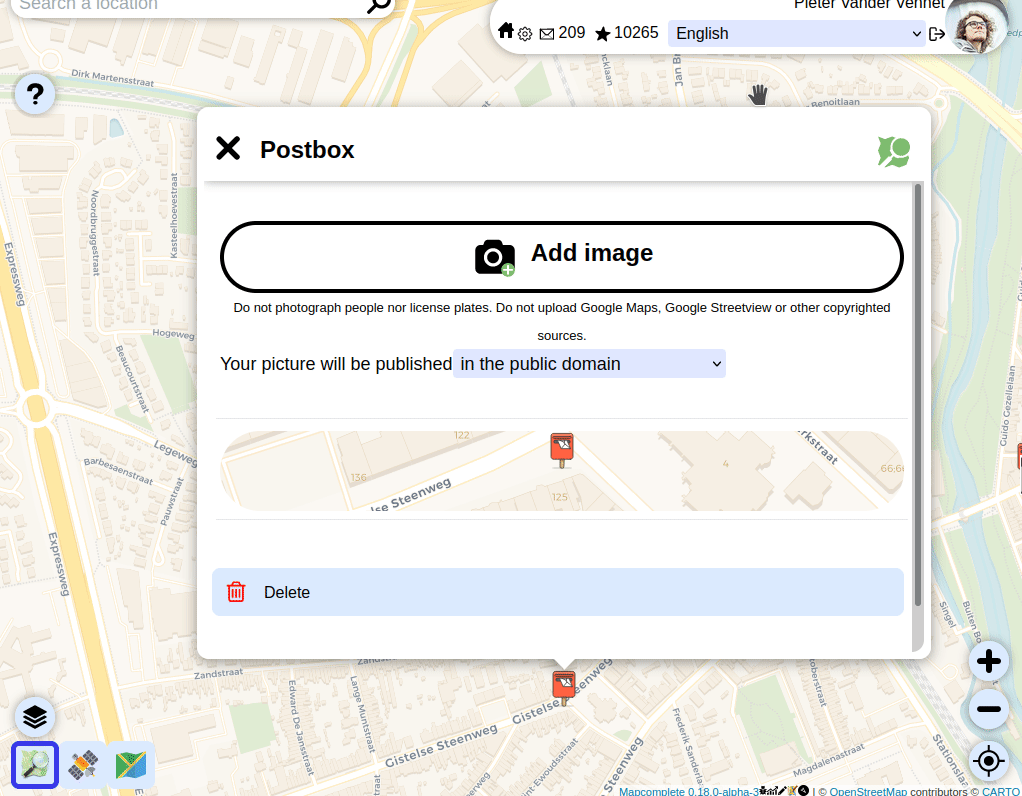An overview of reviews made with MapComplete – 2025 edition
Posted by Pieter Vander Vennet on 1 March 2025 in English.I made another small analysis about the reviews made with MapComplete and Mangrove. You can read all about it here:
https://pietervdvn.me/2025/03/01/an-overview-of-reviews-made-with-mapcomplete-2025-edition/



